I have some troubles trying to call an Azure Function (code) with Postman.
I have already set up the Authentication / Authorization and settings.
It's working with my browser (with login page).
But when I try to use Postman, I'm getting 401 :
"You do not have permission to view this directory or page."
I also tried to use the Postman built-in (see configuration) Oauth2 to login. I can successfully get the tokens (access and refresh). But it seems that my API request to functions are not working...
Here is the final API Call: postman screenshot
The aad tenant_id starts with 8d6, the application client_id starts with 226, and the app secret ends with Av2.
Is there anything wrong ... ? It looks like actually, Azure Functions handle only Cookies for the authentication, that's why it's working with the browser and not Postman. How can I make it works with the header Authorization / Bearer ?
Thanks for your help !
